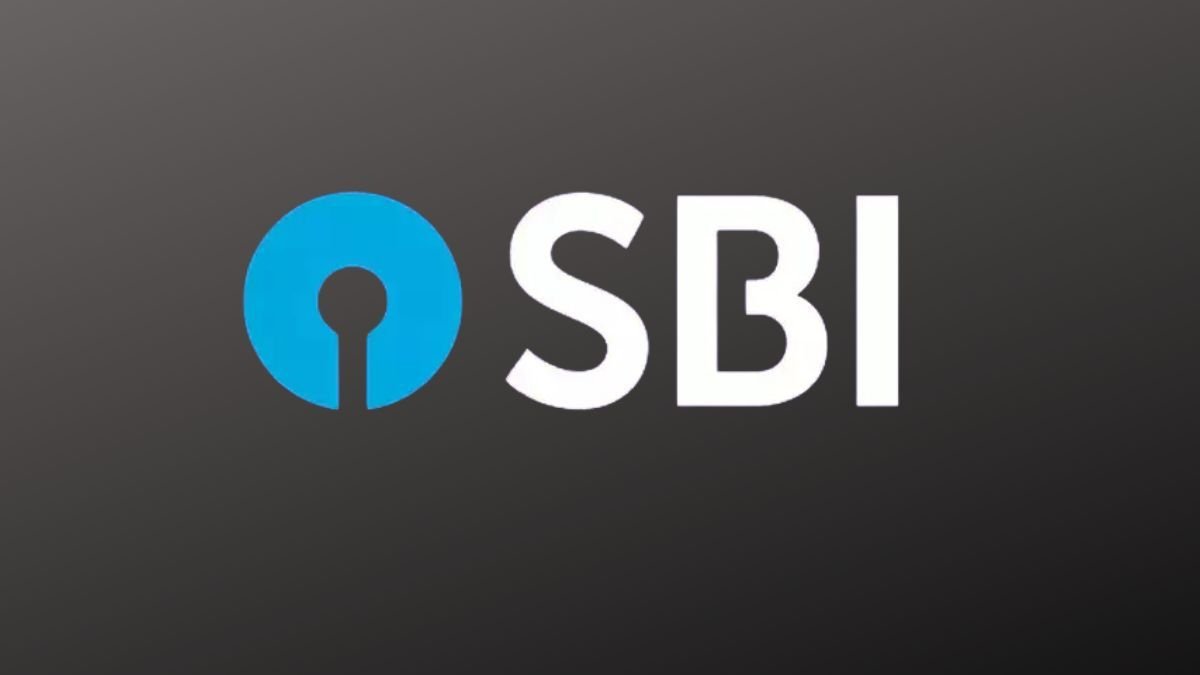RBI Shifts Monetary Policy in 2025: SBI Reveals Forward-Looking Inflation Strategy

Key Highlights:
The RBI Monetary Policy 2025 has taken a decisive turn towards accommodation, indicating a more growth-oriented approach by India’s central bank. According to a detailed report by the State Bank of India (SBI), this strategic pivot is rooted not only in historical inflation trends but more significantly in how inflation expectations are shaping up for the future.
This highlights a more proactive and anticipatory approach from the Reserve Bank of India, rather than a purely reactive one based on lagging indicators.
SBI Highlights RBI’s Response to Shifts in Inflation Expectations
In its latest analysis, SBI delves into the interplay between inflation expectations and RBI’s policy stance. The report states:
“We explore whether shifts in RBI’s monetary policy stance have followed changes in household inflation expectations. Specifically, we hypothesize that the RBI’s stance responds to directional changes in inflation expectations.”
By analyzing policy adjustments between 2018 and 2024, SBI identified five major instances where RBI’s stance visibly changed in alignment with household inflation sentiment.
Data-Driven Patterns: 2018 to 2024 Trends
SBI’s study observed:
- Tightening of policy when inflation expectations increased
- Easing or normalization when expectations declined
This reinforces that the central bank is aligning policy with forward-looking risk assessments, making real-time course corrections.
RBI Policy Rate Cuts in 2025 and Market Transmission
In 2025, the RBI has already cut the repo rate by 25 basis points (bps) in February, signaling the shift towards support for economic growth. The SBI report notes a cumulative 50 bps policy rate cut this year.
The transmission of these rate changes to the banking system has been noteworthy:
- Public sector banks reduced deposit rates by 6 bps
- Foreign banks cut rates more sharply by 15 bps
- Private sector banks, however, increased deposit rates by 2 bps, reflecting different liquidity and competition dynamics
Monetary Policy Transmission: Still Effective in 2025
Despite differences across bank groups, the Weighted Average Lending Rate (WALR) for:
- Public Sector Banks
- Private Banks
- Scheduled Commercial Banks
…has moved in tandem with the RBI’s rate adjustments.
This demonstrates a robust and timely monetary policy transmission, where interest rate changes are clearly flowing into real-world lending practices.
What This Means for Borrowers and Investors
With RBI’s accommodative policy stance in 2025, borrowers may see:
- Lower EMIs on home loans and personal loans
- Greater credit availability for businesses
However, depositors in public sector and foreign banks may earn slightly lower returns, while private bank depositors could benefit from marginal increases.
Investors and policymakers will be watching how inflation expectations evolve, and whether this will prompt the RBI to stay accommodative or shift gears again.
SBI Emphasizes Importance of Inflation Anchoring
The report goes on to stress the global economic principle of anchoring inflation expectations. This is crucial not just for price stability, but also for:
- Policy credibility
- Investment confidence
- Sustainable economic growth
India’s central bank, by responding to inflation outlooks rather than just current inflation data, is mirroring best practices seen in global monetary authorities.
Forward-Looking, Not Just Reactive: RBI’s New Stance
This latest update reflects the evolving nature of central banking in India. No longer is the RBI waiting for inflation to peak or drop before acting; it’s increasingly making data-informed, anticipatory moves.
This reflects a commitment to:
- Balanced economic growth
- Financial stability
- Macroeconomic predictability
RBI Monetary Policy 2025 Aligns With Future Expectations
The RBI Monetary Policy 2025 marks a clear shift towards a forward-looking, accommodative approach, directly influenced by household inflation expectations. Backed by SBI’s data and analysis, it’s evident that the central bank is increasingly prioritizing proactive risk management over reactive policy.
This realignment holds positive implications for borrowers, investors, and the broader economy, provided inflation remains within controllable bounds.
As global uncertainties continue and domestic consumption demands grow, this nuanced approach to monetary policy could play a pivotal role in shaping India’s economic trajectory in 2025 and beyond.
The Hindustan Herald Is Your Source For The Latest In Business, Entertainment, Lifestyle, Breaking News, And Other News. Please Follow Us On Facebook, Instagram, Twitter, And LinkedIn To Receive Instantaneous Updates. Also Don’t Forget To Subscribe Our Telegram Channel @hindustanherald







